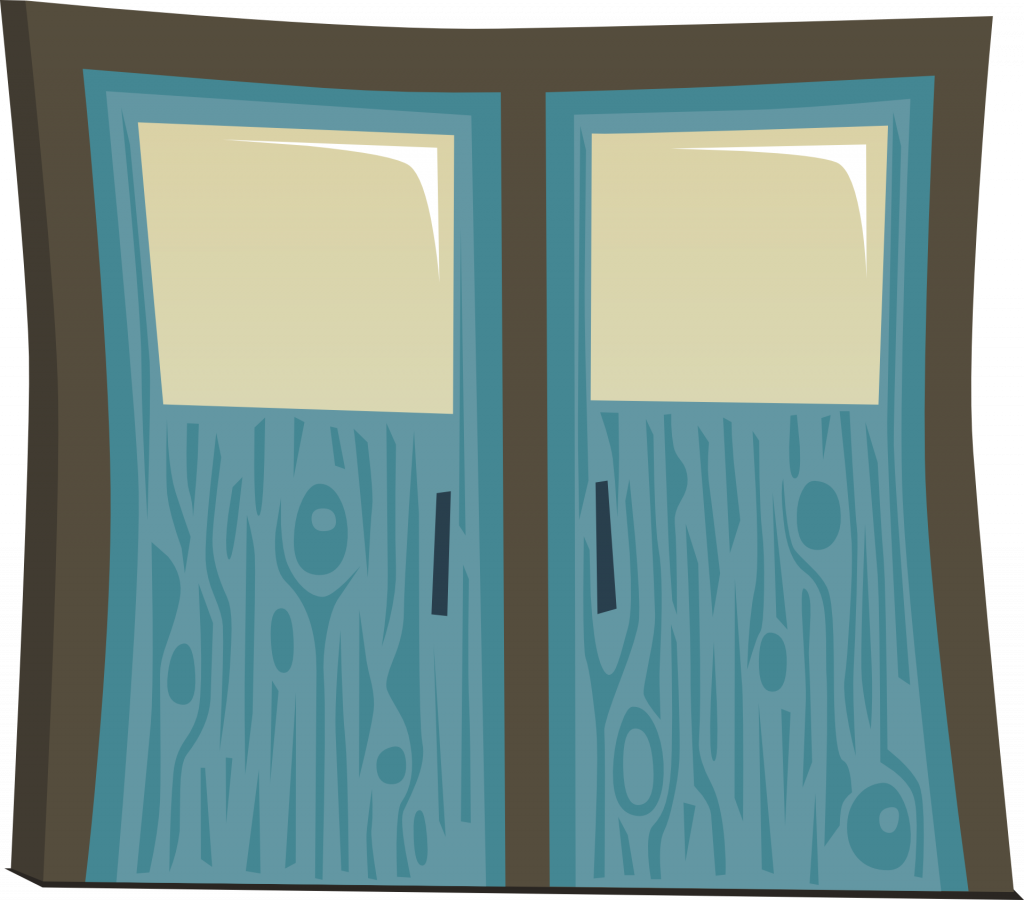Search
Rather than pay about $2,000 to install automatic doors, an employer loses a $650K disability discrimination verdict instead

Image Credit: Pixy.org
Me? I would’ve picked door number one.
Hey, before we get into this cluster of a lawsuit, ICYMI, check out the recording of Friday’s The Employer Handbook Zoom Office Hour, which you can access here and over at The Employer Handbook YouTube Channel.
Don’t let the door hit you…
The plaintiff in this case worked as an associate in a call center, making room reservations for forty-five hotels and resorts in the United States and Canada. He is a paraplegic who uses a wheelchair.
The call center was in a golf clubhouse whose public entrance sported heavy, wooden doors that pulled outward and then automatically closed. Just beyond the entrance was a slight, downward slope that caused the plaintiff’s wheelchair to roll back as the doors closed on him. As a result, the plaintiff struggled to enter.
Given the plaintiff’s problems with ingress and egress into the call center, he requested that his employer install push-button automatic doors at the public entrance.
(The court’s opinion doesn’t address the cost of the push-button doors. I was curious and checked Google. It turns out that this modification to existing doors costs about $2,000.)
So, what did the defendants do? They confirmed internally that the existing doors were ADA compliant when installed, but no one circled back with the plaintiff.
Unfortunately, the plaintiff later injured his wrist while entering the clubhouse as he pulled open the heavy door and tried to push himself inside quickly. The plaintiff reported the incident to another supervisor, who filed an incident report on his behalf. But, again, no one followed up with the plaintiff on his request for push-button automatic doors.
So, the plaintiff sued for disability discrimination, and a jury awarded him $150,000 in compensatory damages plus $500,000 in punitive damages.
Employer takeaways
At trial, the plaintiff testified that he was “tired, frustrated, [and] angry” that he never heard a response to his request; he believed the defendants did not wish to accommodate him. And it’s not as if adding the push-button access would have created an undue hardship. Heck, the defendants stipulated that it wouldn’t.
They didn’t communicate well at all. And that is why the jury slammed them with punitive damages too. Heck, the defendants could’ve installed 325 push-button doors, and that doesn’t include the attorney’s fees that the defendants had to pay their own lawyer. Plus, because the plaintiff prevailed on his discrimination claim, the defendants will have to pay his attorney’s fees too.
This is reasonable accommodations 101. When an employee requests an accommodation for a disability to enable him to perform the job’s essential functions, you need to respond. Then you can have a good-faith, interactive dialogue to determine what can be done to accommodate the employee without creating any undue hardship.
 The Employer Handbook Blog
The Employer Handbook Blog


